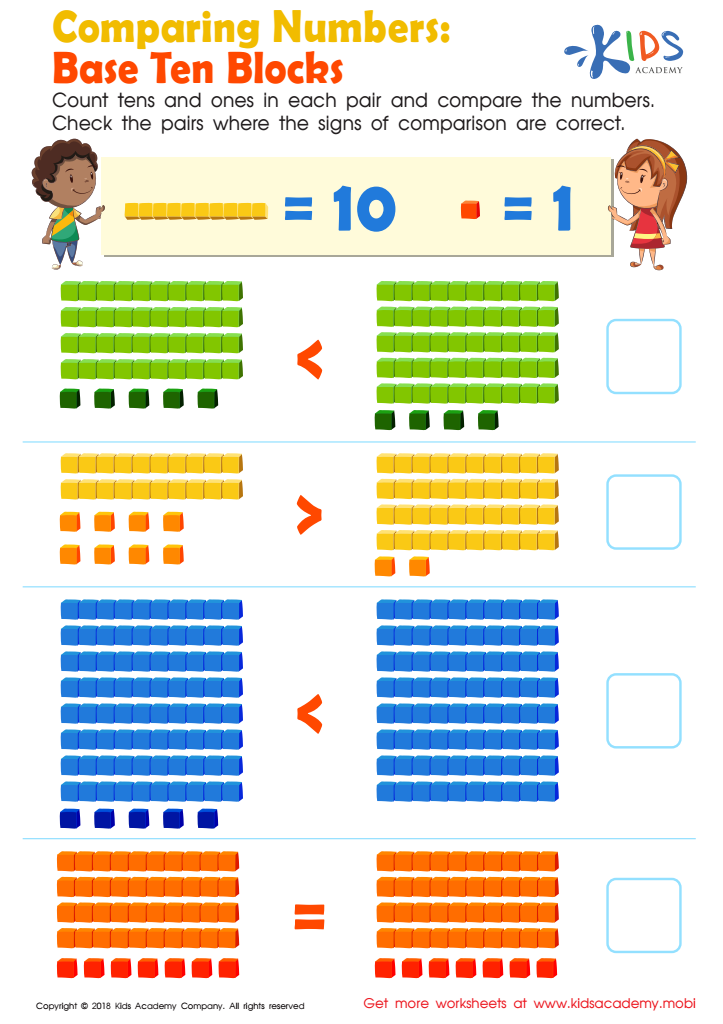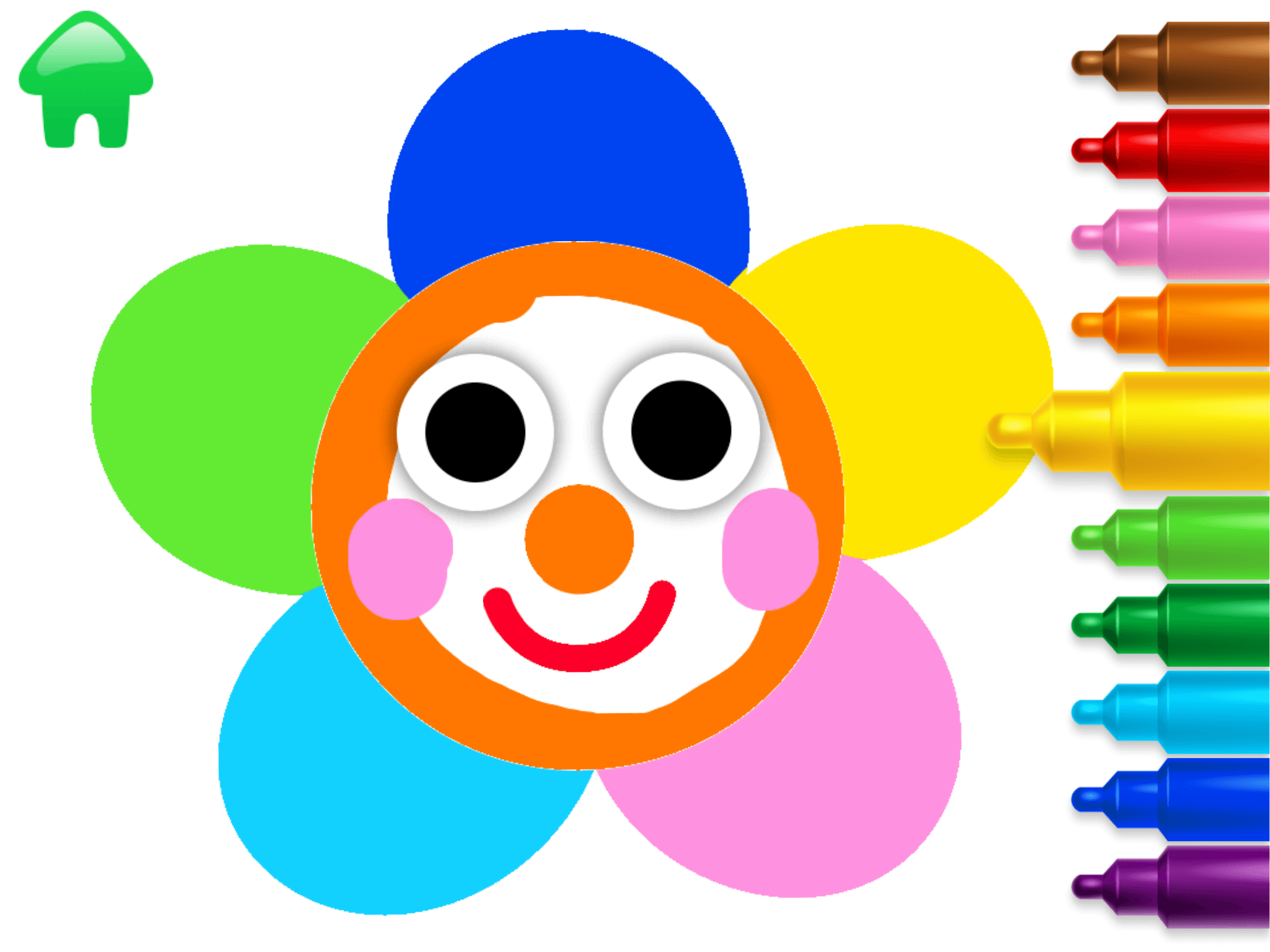Boosts cognitive skills Worksheets for Kids
1 filtered results
-
From - To


Comparing Numbers: Base Ten Blocks Worksheet
Question/Answer
How to test a Grade 1 student’s Boosts cognitive skills?
To test a Grade 1 student's cognitive skills, administer age-appropriate assessments focusing on memory, attention, problem-solving, and logical reasoning. Use puzzles, simple math problems, pattern recognition tasks, and memory games. Ensure the activities are engaging and suited to the child's developmental stage to accurately gauge their cognitive abilities in a supportive and stress-free environment.
Why is the Boosts cognitive skill important for Grade 1 students?
Boosting cognitive skills is crucial for Grade 1 students as it lays the foundation for critical thinking, problem-solving, and effective learning strategies. It supports the development of memory, attention, and processing speed, which are essential for academic achievement and adapting to the structured educational environment. Enhancing these skills early on sets the stage for lifelong learning and academic success.
How to train the Boosts cognitive skill in Grade 1 students learning about Numbers?
To boost cognitive skills in Grade 1 students learning about Numbers, incorporate engaging and interactive activities such as counting games, number matching puzzles, and simple arithmetic challenges. Utilize visual aids like number charts and blocks for hands-on learning. Encourage group activities to promote collaborative learning and problem-solving. Regular practice and positive reinforcement are key.
 Assign to the classroom
Assign to the classroom










